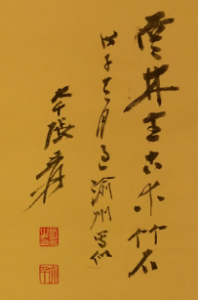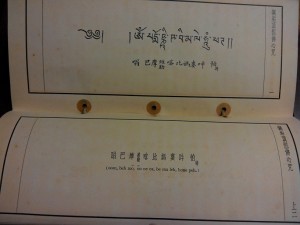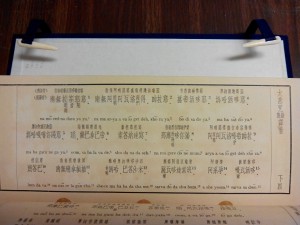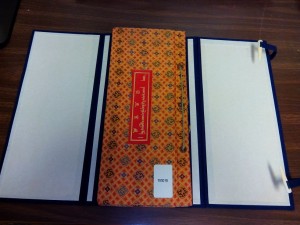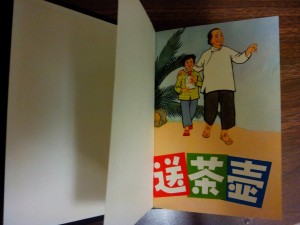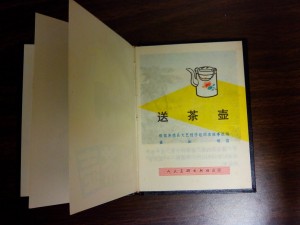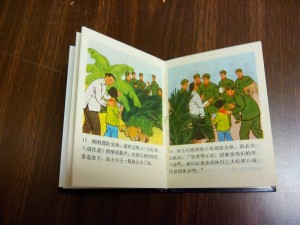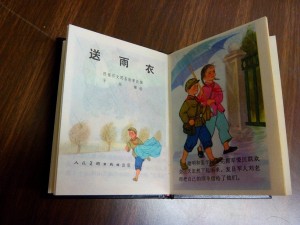Over the course of the CLIR project, we also discovered eight original paintings. Here are two examples:
雲林生古木竹石 (Yunlinsheng gu mu zhu shi )
《雲林生古木竹石》
張大千作
戊子[1948]
“Old trees, bamboo, and stones”
Painted by Zhang Daqian
Produced in 1948
Zhang Daqian (1899-1983) was one of the best-known and most prodigious Chinese artists of the twentieth century. He was not only a well-known traditionalist painter, but also renowned as a modern impressionist and expressionist painter, as well as an extremely gifted forger.
開卷有益 (Kai juan you yi)
《開卷有益》
傅申書
戊午[1978]
“It’s beneficial to open a book”
Painted by Fu Shen
Produced in 1978
Fu Shen (1937-) is an eminent Chinese art historian, world-renowned connoisseur of painting and calligraphy, and a practicing calligrapher and painter.


